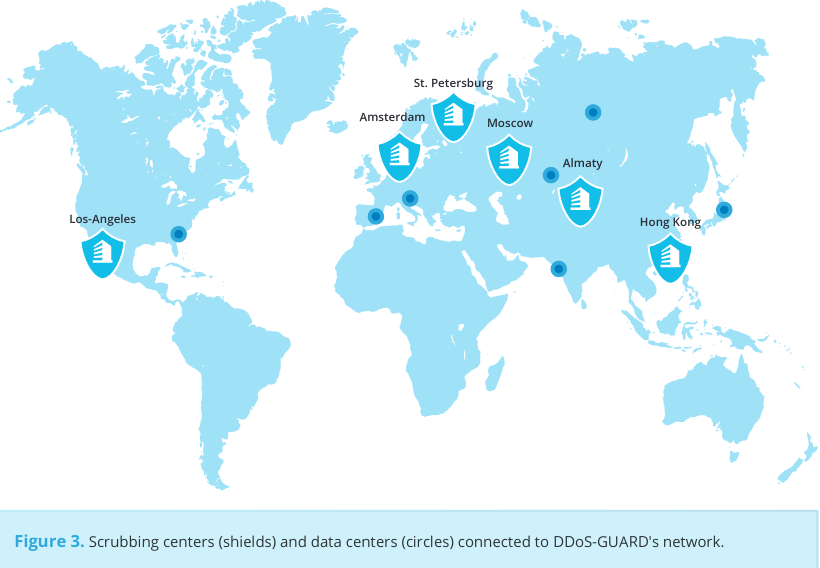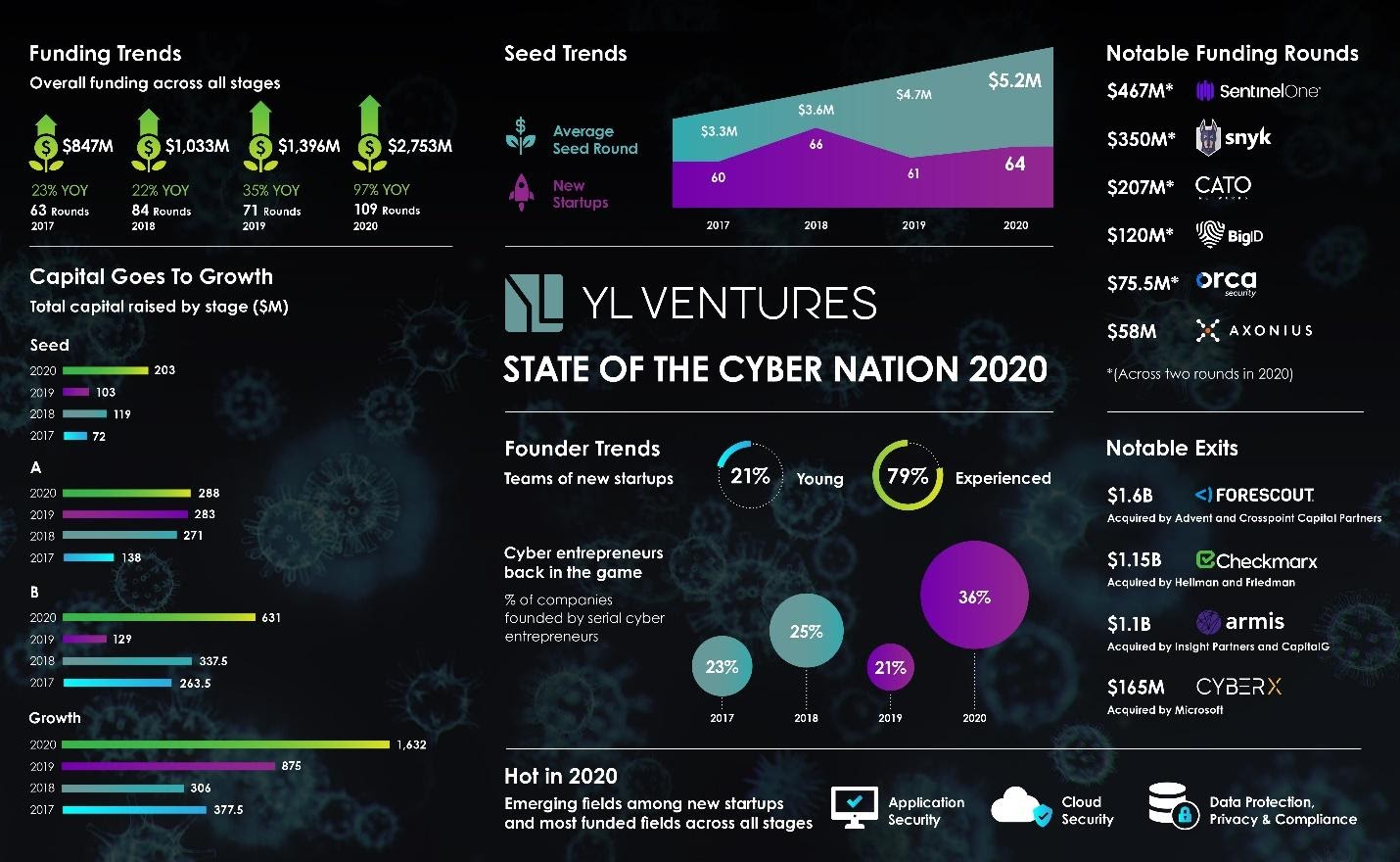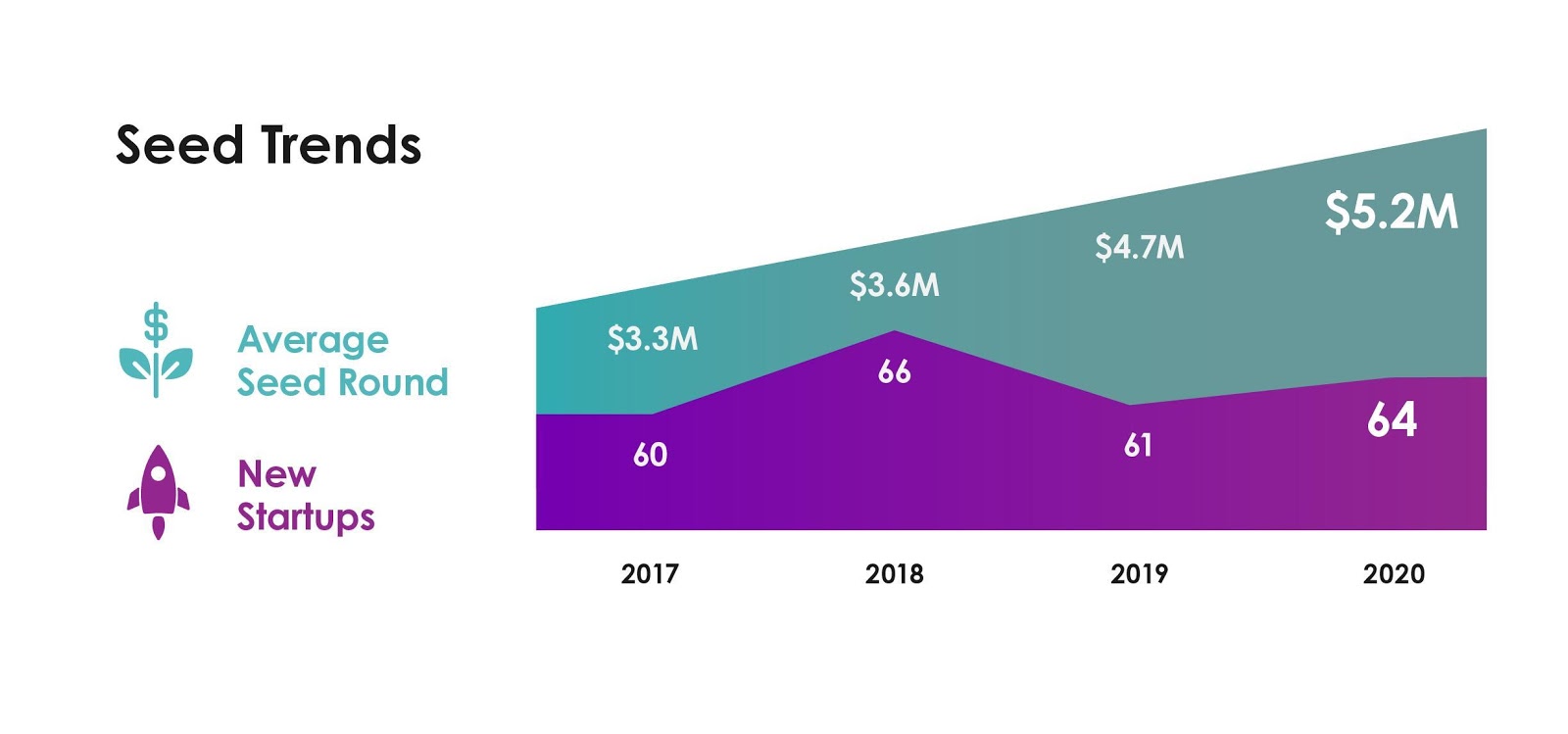Atlanta’s SalesLoft raises $100M for its digital sales platform, now valued at $1.1B
The COVID-19 pandemic and specifically need for social distancing to slow the spread of the virus have continued to keep many of us away from the office. Now, increasingly, many organizations and people believe that it could usher in a more permanent shift to remote, distributed and virtual work. Today, a startup that has built a set of tools specifically to help salespeople with that change — by way of digital sales — has raised a substantial growth round to meet that demand.
SalesLoft, a sales platform based out of Atlanta, Georgia that provides AI-based tools to help salespeople run their sales process virtually — from finding and following up on leads, through to helping them sell with virtual coaching tools, and then assisting in the post-sales process — has closed $100 million in funding.
The company’s co-founder and CEO Kyle Porter confirmed to TechCrunch that the company is now valued at $1.1 billion post-money, a substantial hike on its previous valuation. In April 2019, well before any global health pandemics, the company had raised a Series D of $70 million at around a $600 million valuation (a figure we confirmed at the time with sources close to the company).
This latest round is being led by Owl Rock Capital, with previous investors Insight Partners, HarbourVest, and Emergence Capital — a VC focused specifically on enterprise startups, which notably was an early backer of Zoom and many others — also participating.
SalesLoft has now raised some $245 million, an impressive sum for any startup, but also worth pointing out for the fact that it’s not based out of the Valley but Atlanta, Georgia (a state in the news for other reasons at the moment, as the focus of a hotly contested U.S. Senate runoff election).
The company has been on a growth tear for several years now, as one of the big players in the area of so-called sales engagement: tools to help salespeople sell better to clients (or would-be clients), which can include real-time monitoring of interactions to provide coaching to improve the process, suggestions for supplementary content to enhance the pitch and more basic software simply to manage records and communications.
Even before the pandemic hit, this was a key growth area in enterprise software, with both in-person and online/digital salespeople relying on these kinds of products to help them get more of an edge with their work, but a lot of the focus had really been on inside sales (B2B sales focusing on bigger purchases). Porter described the effect of COVID-19 as a “tailwind” propelling that already strong trend.
“The effects of COVID have been a tailwind due to the effects of digital selling,” he said. “All sellers immediately became remote. But now the genie is out of the bottle and not going back in. It’s meant that inside sales are now all sales. Whether the opportunities are mid-funnel or upgrades or renewals, we are establishing ourselves as the engagement platform of record because it’s all becoming digital and all sellers are finding more success.”
He added that SalesLoft’s own sales cycle has improved by 40% since the pandemic, a reflection, he said, of the “urgency and need” for tools like those that the startup develops.
Another shift has been in terms of the kinds of customers SalesLoft works with. The company originally was focused on the mid-market, but that has changed with more larger enterprises also coming on board. Google, LinkedIn (which backs SalesLoft and is in a strategic partnership with it), Cisco, Dell and IBM are all customers, and Porter said that more “mainstream” businesses like Cargil, 3M and Standard & Poor are also increasingly becoming clients.
That is leading the startup to building out bigger solutions, beyond the basic pitch of “sales engagement” that has been SalesLoft’s mainstay up to now. The company competes against a plethora of others, including Clari, Chorus.ai, Gong, Conversica, Afiniti and Outreach, as well as biggies like Salesforce. Outreach, notably, had a big mid-COVID round of its own, raising at a $1.3 billion valuation in June last year, a mark of that wider market demand. Porter notes that SalesLoft’s big selling point is that it offers an increasingly end-to-end sales solution to customers, meaning less shopping around.
![]()








